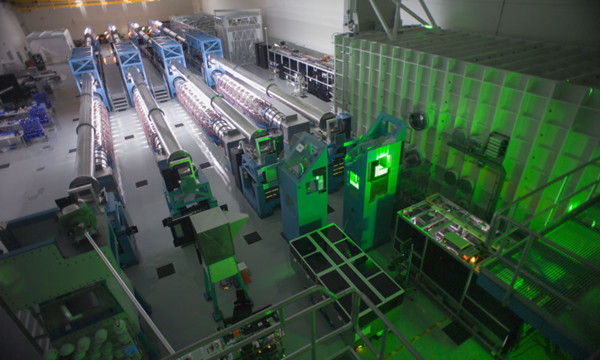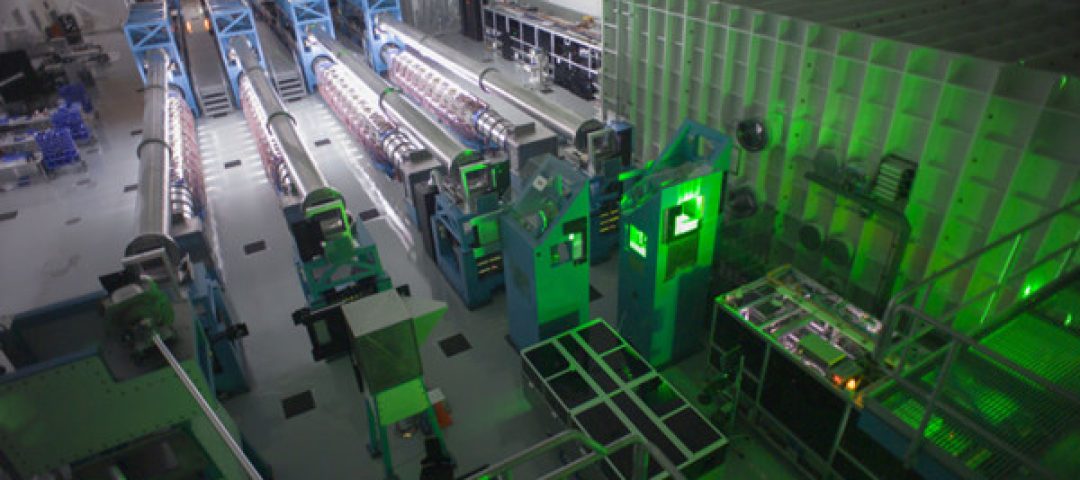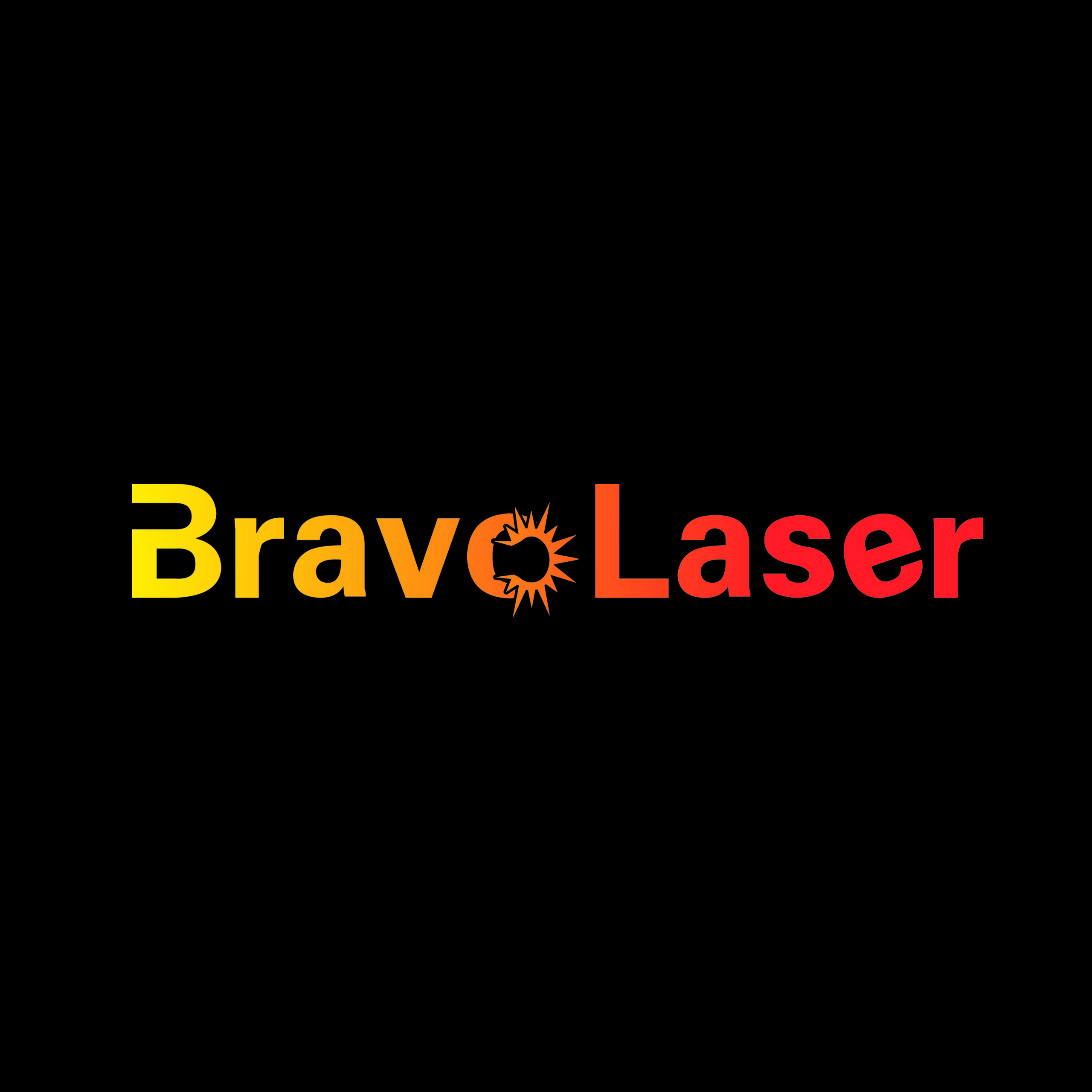The Laser Energetics Laboratory (LLE) at the University of Rochester recently announced a groundbreaking, $42 million expansion of its 66,000-square-foot office and laboratory building in Brighton, N.Y.
The LLE was last expanded in 2003 to house the OMEGA EP laser. This new expansion is expected to be completed by 2024. Upon completion, the new three-story building will accommodate more than 100 scientists and lab personnel, including 1,000 target manufacturing labs and thin film coating labs, a laser computing facility, and several other wet labs and general lab spaces.
The largest lab spaces will be equipped with the AMICA laser system, a state-of-the-art, high-energy, long-pulse laser, which LLE scientists are working intensively to assemble for the MEC-U project at Stanford University’s SLAC National Accelerator Laboratory.

“LLE’s work in high-energy-density science continues to grow each year, and now our construction footprint is catching up on that front,” said Sarah Mangelsdorf, president of the University of Rochester. “The addition of these state-of-the-art facilities helps strengthen LLE’s designation as one of the world’s leading laser laboratories and will provide space for its expanding research agenda. I especially want to thank the official efforts for our tremendous support.”
The expansion project was apparent, with several senators participating in the groundbreaking ceremony, recognizing and appreciating LLE Labs’ critical role in innovative research and the regional economy.
U.S. Senator Charles Schumer (D-N.Y.) commented, “The work done at the University of Rochester’s Laser Energetics Laboratory is critical to our national security and energy research, and equally critical to our region’s economy, employing hundreds of scientists and bringing millions of dollars in investment to the Rochester region each year. That’s why, year after year, I’ve been proud of its access to vital federal funding that allows them to continue operating, bring innovations, and support our nation. With this expansion, the University of Rochester is prioritizing the needs of LLE staff and students. I applaud their efforts to ensure they can continue to focus on their groundbreaking research for years to come.”
For her part, U.S. Senator Kirsten Gillibrand (D-N.Y.) said, “LLE’s OMEGA laser facility has the largest and most powerful lasers of any academic institution in the world, supporting scientific missions that are critical to our national and economic security. I am proud to provide LLE with millions in federal funding to support groundbreaking research. I will continue to work to ensure that New York’s top research institutions have the resources they need to remain global leaders in scientific innovation.”
U.S. Congressman Joe Morelle (D-NY) said, “The University of Rochester has long been a leader in innovative science and technology. The LLE is further evidence of that exceptional vision and leadership. The cutting-edge research has led to groundbreaking discoveries while supporting hundreds of local jobs.”
Founded in 1970, LLE is the largest university-based U.S. research center supported by the U.S. Department of Energy (DOE). As a state-funded institution, LLE conducts implosions and other scientifically based experiments supporting DOE programs to explore fusion as a future energy source, develop new laser and materials technologies, and conduct research and related technologies to high-energy-density phenomena. For example, LLE has significantly contributed to DOE’s inertial confinement fusion and high-energy-density physics programs. In addition, LLE provides graduate and undergraduate education programs for students at the University of Rochester and other universities across the country and operates the National Laser User Facility for qualified researchers throughout the United States to use facilities for research. Earlier this year, LLE received $83 million in federal funding as part of the FY 2022 Consolidated Appropriations Act, an increase of $1 million over FY 2021.


